|
Voiced by Amazon Polly |
Overview
Datasets are becoming the foundation for innovation, analytics, and artificial intelligence at a time when decisions are made based on data. However, as data increases in scale and sophistication, managing its life cycle over time gets more complicated. That’s where data versioning comes into the picture, an essential but often forgotten practice guaranteeing reproducibility, collaboration, and traceability in data science and machine learning pipelines.
This blog post will explain data versioning, its importance, and how businesses can use it to create more data systems.
Pioneers in Cloud Consulting & Migration Services
- Reduced infrastructural costs
- Accelerated application deployment
Introduction
Data versioning is the technique of keeping a record of changes made to datasets over time, in the same manner as developers use version control (for example, Git) to take control of source code. Data versioning helps users to generate, manage, and retrieve versions of datasets and maintains a definite record of when, how, and why they changed.
Why Data Versioning Matters?
- Reproducibility of Experiments
Reproducibility is essential in machine learning and data research. Reproducing results is virtually impossible without an exact snapshot of the data that went into a specific model or analysis.
Versioning datasets allows you to call back the very same input data later to retrain models, debug, or confirm results, which is important in regulated domains, peer-reviewed research, and large-scale projects.
- Collaboration Across Teams
If various teams or personnel work on one project, maintaining data consistency poses a significant problem. Versioning enables teams to collaborate without replicating or overwriting datasets and allows parallel experimentation and development.
Platforms such as LakeFS, DVC, and Delta Lake are built especially to enable scaled data versioning and facilitate collaborating on data more easily.
- Experiment Management
Versioning data makes experiment management easier by enabling comparisons between models trained on various dataset versions. You can identify which dataset version resulted in improved performance so experimentation becomes more systematic.
- Disaster Recovery
Things do go wrong files are deleted or overwritten. Data versioning is like a time machine, and users can roll back to an earlier dataset version if necessary.
How to Version Datasets: Tools and Strategies
Versioning big datasets is not as easy as with Git. Although Git is great for versioning code and small files, it does not work well with big datasets and binary files.
- Data Version Control (DVC)
DVC is a Git command-line utility for managing the version of big files, datasets, and machine learning models. Its version controls metadata in Git and stores data externally (e.g., AWS S3, Google Cloud Storage).
Salient features:
- Integrates with Git to ensure code-data consistency
- Uses remote storage backends
- Supports experiment tracking and collaboration
- LakeFS
LakeFS makes your object storage (such as S3) into a Git-like versioned data lake that supports operations such as branching, committing, and reverting.
Use cases:
- Safety in data lakes to experiment
- Rollbacks and reproducibility
- Collaboration on data with a Git-like style
Advantages:
- Scales at the petabyte level
- Simple integration with Spark, Hive, and Presto
- Real-time rollback and commit for datasets
- Delta Lake
An open-source storage layer called Delta Lake gives big data processing engines like Apache Spark ACID transactions and versioning.
Features:
- Time travel functionality (query past versions of data)
- Schema evolution support
- Native support for large-scale analytics
- Other Tools & Techniques
- Pachyderm: Built for data science workflows with integrated data versioning and reproducibility.
- Quilt: Packaging and versioning data, emphasizing data catalogs and S3.
- Simple File Versioning: For smaller projects, it is easy to have versioned filenames (data_v1.csv, data_v2.csv) by hand, but it is not automated.
Best Practices for Data Versioning
Enabling data versioning effectively takes a little planning ahead. Here are some tips to inform your approach:
- Always record metadata in addition to data versions, dates, sources, transformations, and purpose. Metadata is indispensable for context and reproducibility.
- Apply CI/CD or data pipeline orchestration technologies (e.g., Airflow, Prefect) to version datasets automatically at each processing step.
- Ensure that the code and the data it depends on are tracked together. This guarantees that any version of your project is fully reproducible.
- Each data version should have clear documentation or commit messages explaining the change. This improves collaboration and traceability.
- Versioning does not eliminate the requirement for access control. Make sure versioned datasets comply with your company’s security and compliance policy.
Conclusion
Building machine learning models, creating analytics dashboards, or carrying out scientific research, data versioning ensures your insights are reproducible, reliable, and future-proof.
Drop a query if you have any questions regarding Data Versioning and we will get back to you quickly.
Empowering organizations to become ‘data driven’ enterprises with our Cloud experts.
- Reduced infrastructure costs
- Timely data-driven decisions
About CloudThat
CloudThat is an award-winning company and the first in India to offer cloud training and consulting services worldwide. As a Microsoft Solutions Partner, AWS Advanced Tier Training Partner, and Google Cloud Platform Partner, CloudThat has empowered over 850,000 professionals through 600+ cloud certifications winning global recognition for its training excellence including 20 MCT Trainers in Microsoft’s Global Top 100 and an impressive 12 awards in the last 8 years. CloudThat specializes in Cloud Migration, Data Platforms, DevOps, IoT, and cutting-edge technologies like Gen AI & AI/ML. It has delivered over 500 consulting projects for 250+ organizations in 30+ countries as it continues to empower professionals and enterprises to thrive in the digital-first world.
FAQs
1. What tools are used for data versioning?
ANS: – Popular tools include DVC, Delta Lake, LakeFS, Pachyderm, and Quilt, each offering features like remote storage, branching, and time travel.
2. What is “data time travel”?
ANS: – Time travel refers to querying or reverting to earlier versions of a dataset, helping with rollback, audits, or reproducing past results (e.g., Delta Lake’s VERSION AS OF feature).

WRITTEN BY Hitesh Verma
Hitesh works as a Senior Research Associate – Data & AI/ML at CloudThat, focusing on developing scalable machine learning solutions and AI-driven analytics. He works on end-to-end ML systems, from data engineering to model deployment, using cloud-native tools. Hitesh is passionate about applying advanced AI research to solve real-world business problems.


 Login
Login


 May 5, 2025
May 5, 2025 PREV
PREV

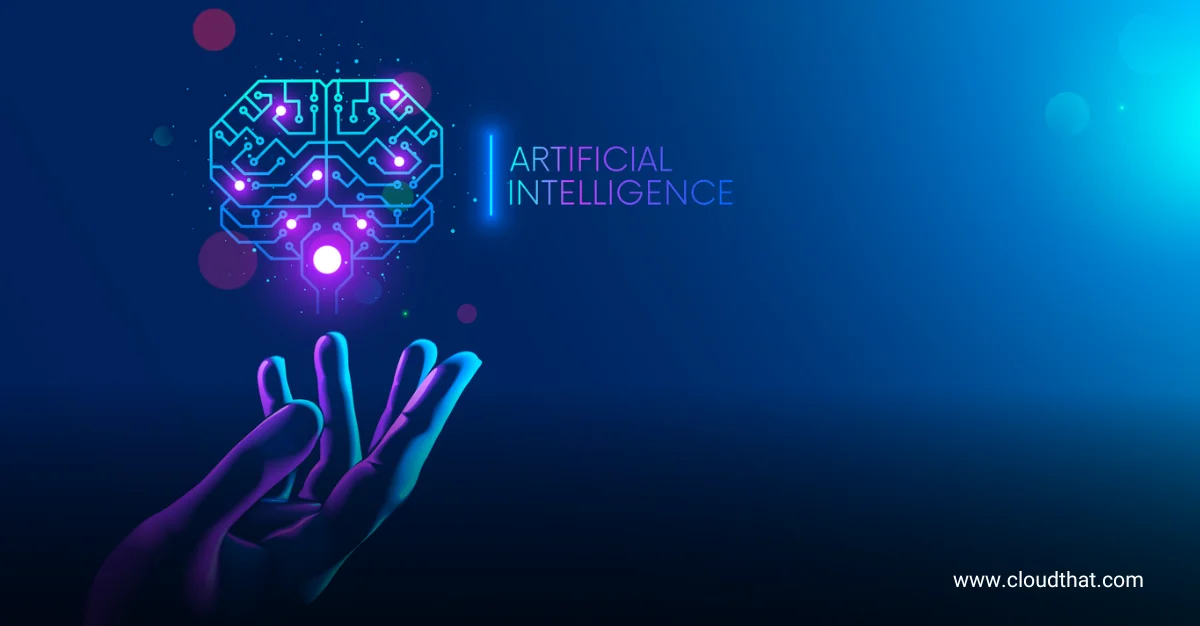

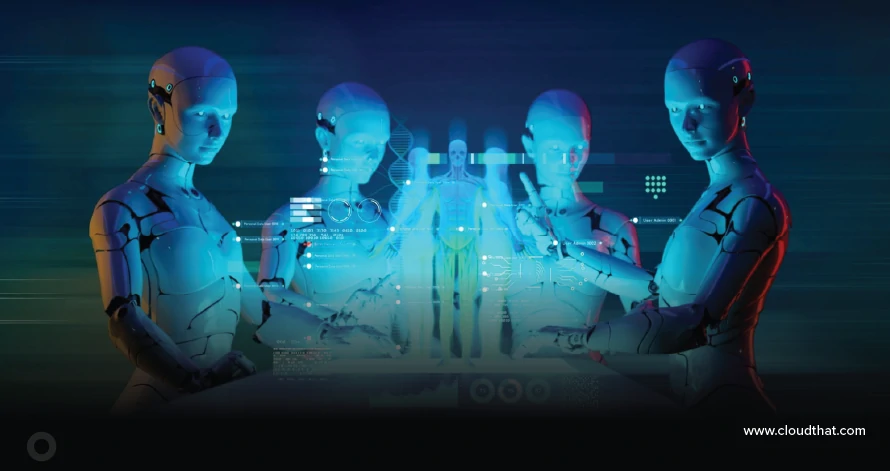
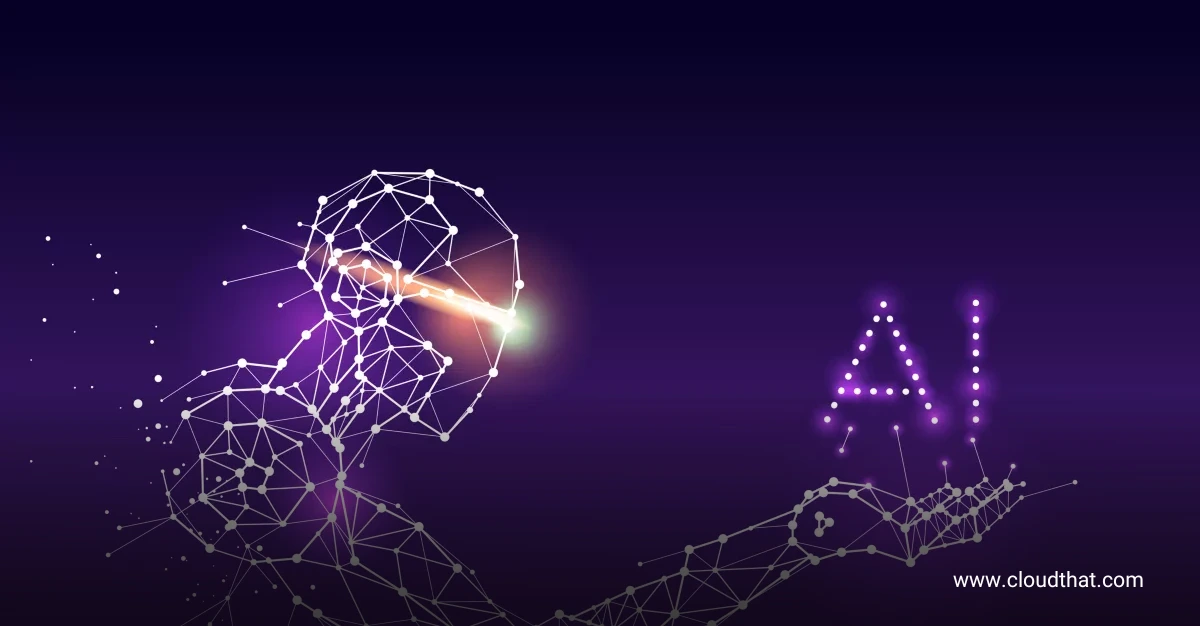
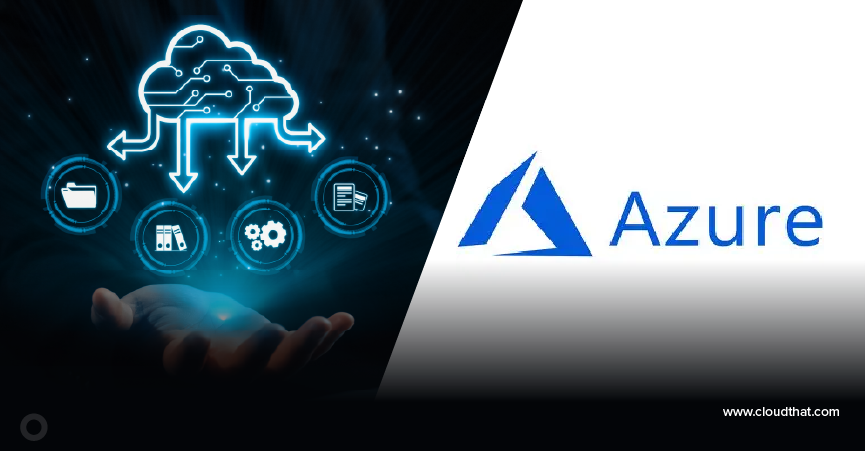



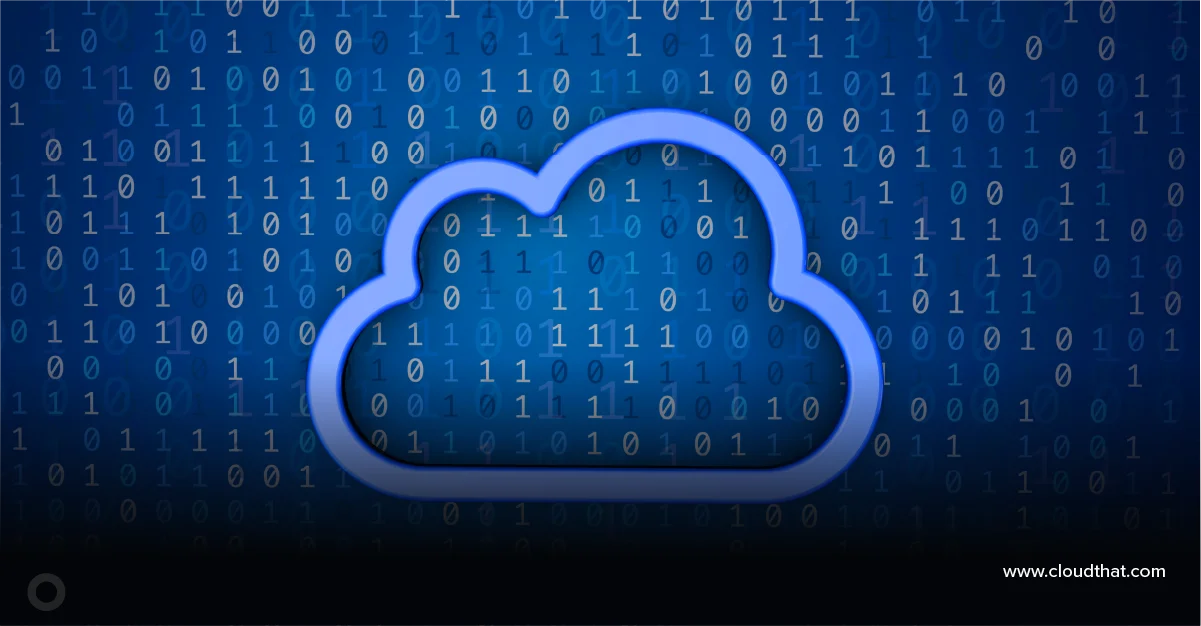
Comments